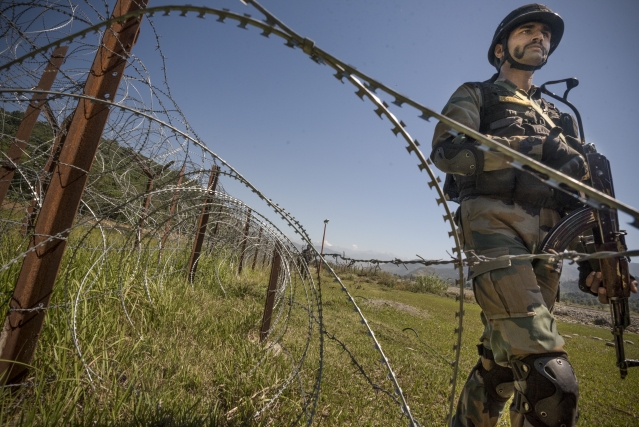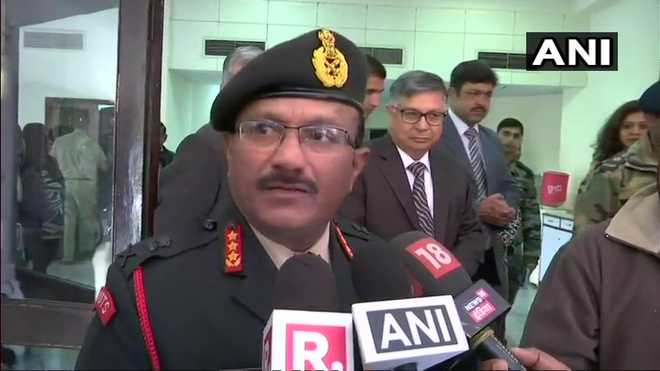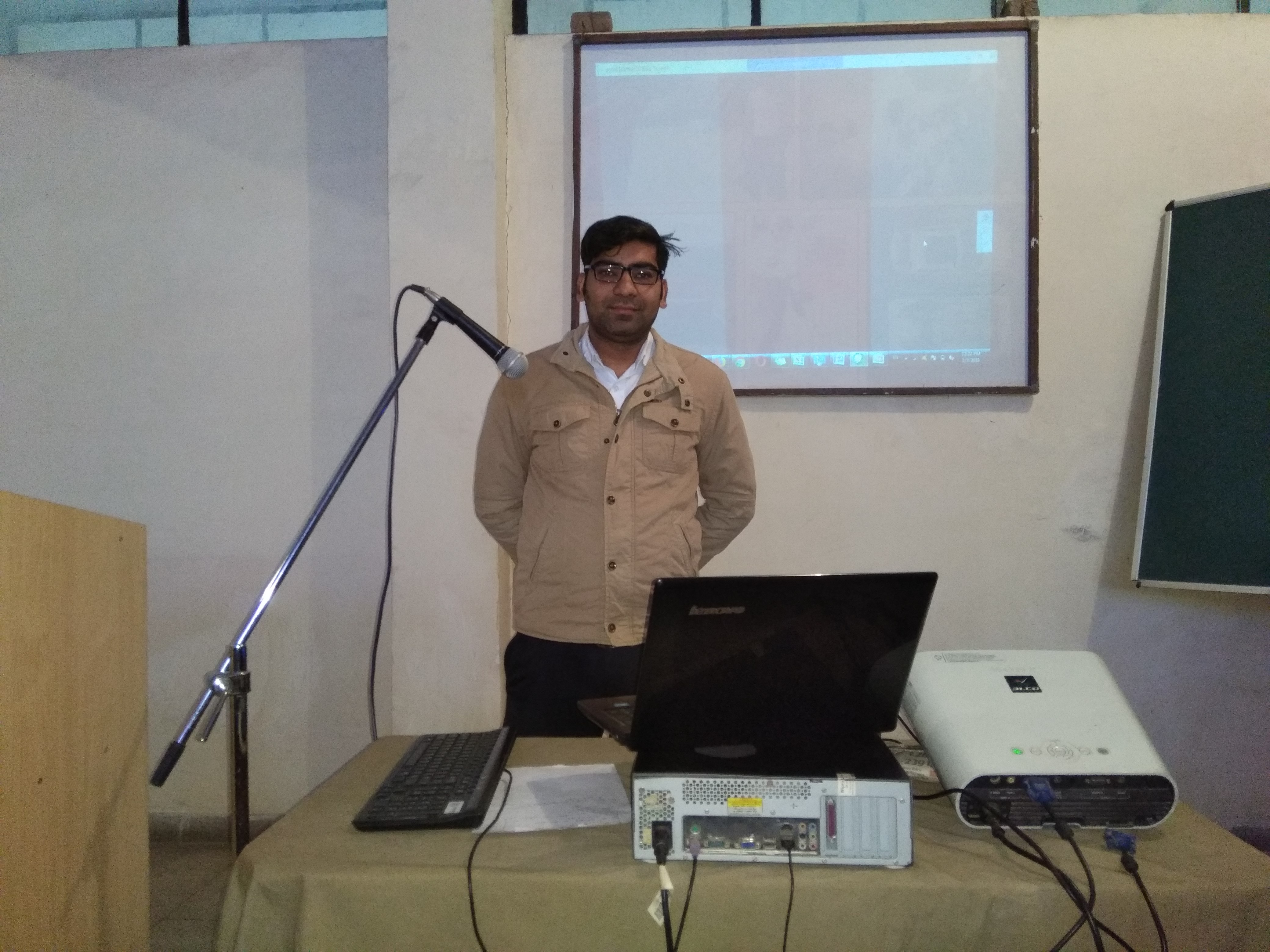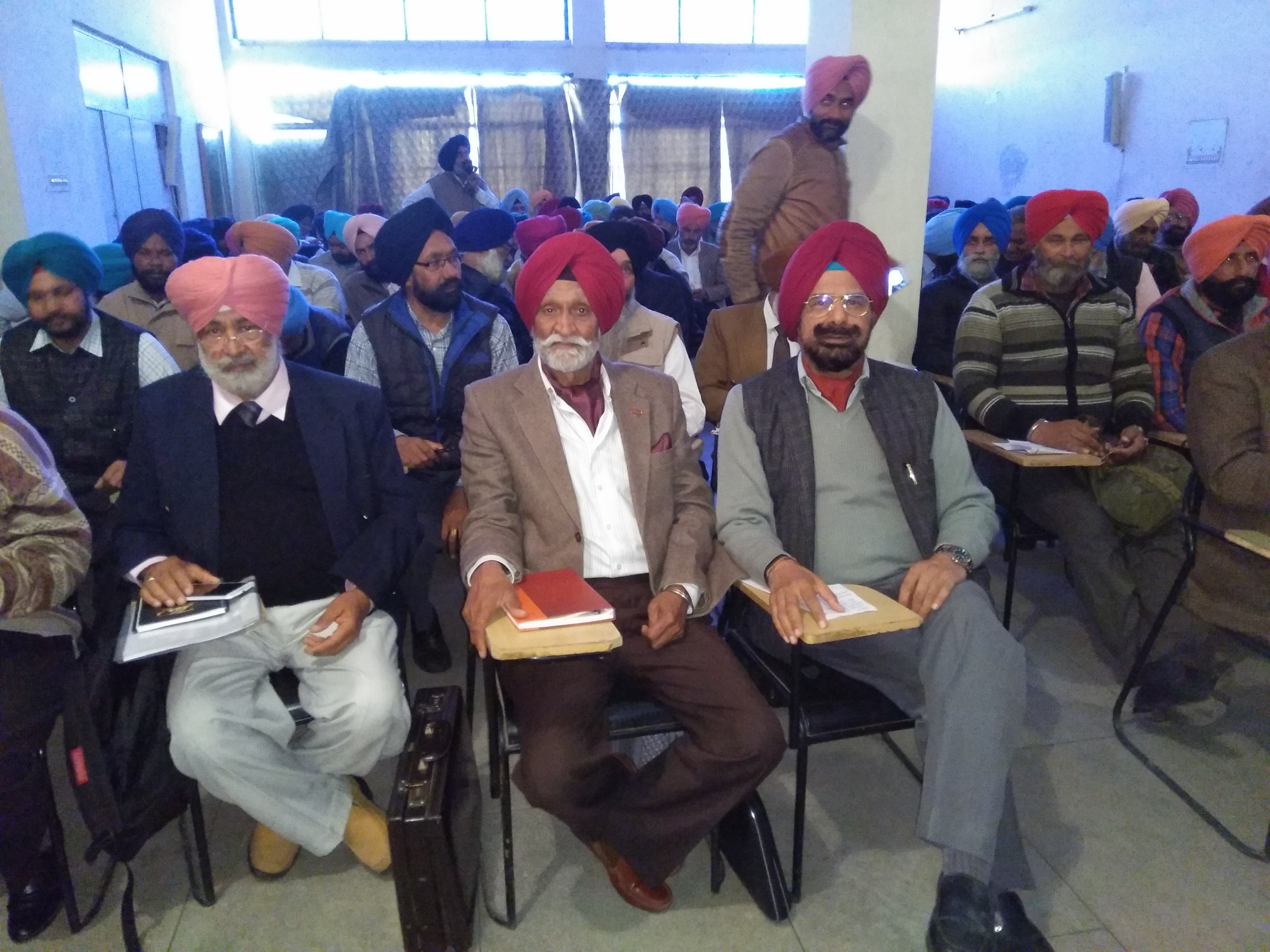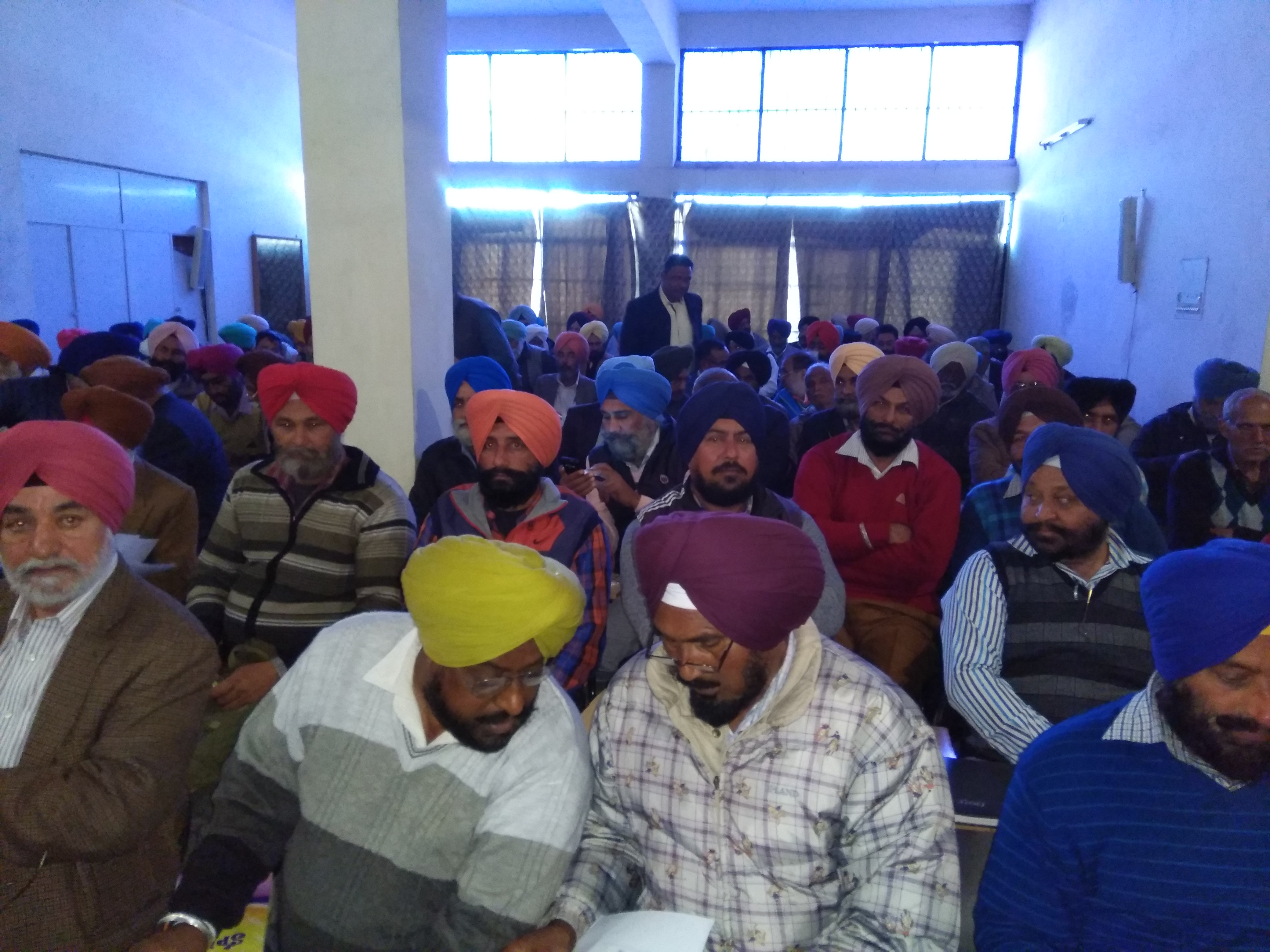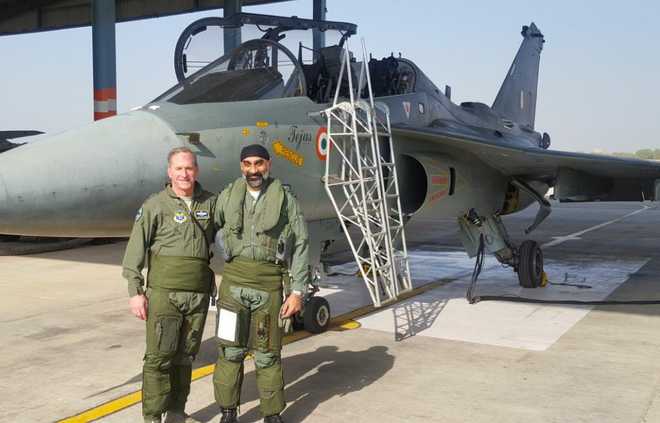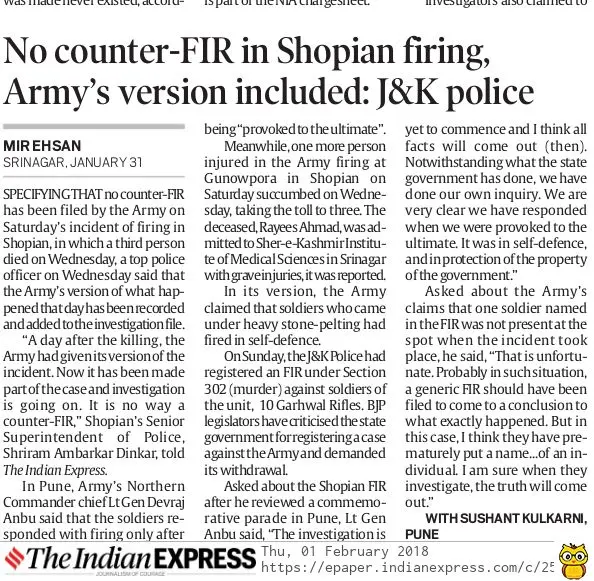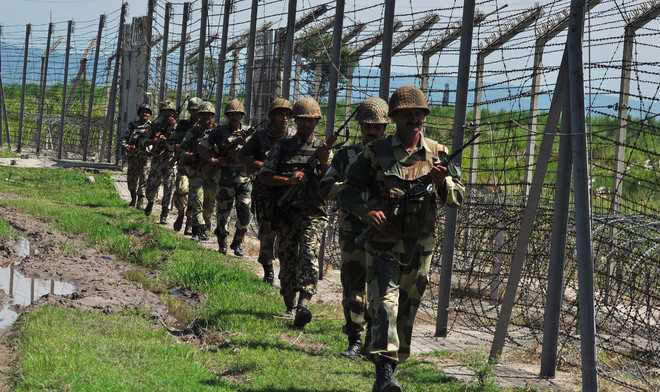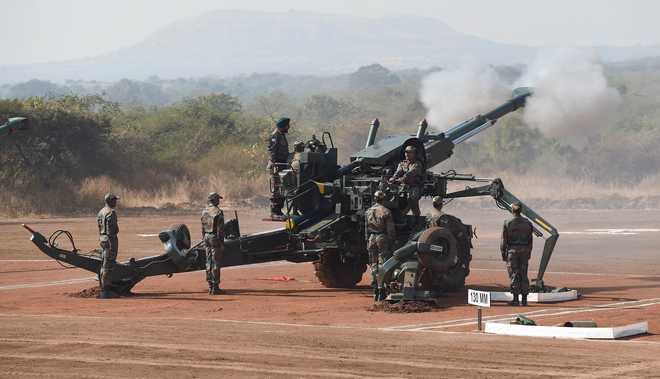Snapshot
- Although the Army still ensures its best go to some of the core formations at the LoC, it needs to restore the LoC doctrine to its rightful place in the hierarchy of operations that it undertakes.
A total of 12 Indian citizens have lost their lives in January 2018 in the frequent violation of ceasefire, which has led to heavy exchanges of firing between Indian and Pakistani troops along the Line of Control (LoC) and the International Border (IB) of the Jammu sector. The public remains insufficiently informed about the circumstances and reasons for these exchanges and why it is difficult halting them.
There is actually no ceasefire agreement between India and Pakistan except the Simla Agreement of 1972, which is much larger than just something related to ceasefire. That entire agreement is characterised more by its flouting than adherence. The ceasefire brought into effect on 26 November 2003 was only a verbal reiteration drawn up on the basis of some behind the scenes parleys wrongly flagged as unilateral by Pakistan. Simplifying ceasefire violations by relating them to tactical ploys such as construction of bunkers or even just infiltration obfuscates the reality of today. That is why the entire gamut of exchange of fire across the LoC in such intensity as to cause serious casualties among civilians and service personnel and displace entire villages, needs to be seen in the context of the times.
Prior to November 2003, exchange of fire across the LoC was a common phenomenon but casualties were probably lower, although I do not have statistical data to back my claim. The protection of civilians who live in the danger zone was also mooted several times with proposals for construction of ‘community bunkers’. In 2003, this had reached a degree of finalisation for the Uri sector as a demonstration model. It was shelved as soon as the ceasefire came into place. As someone who was in and out of Kashmir quite frequently, I did perceive a waning of interest in our own ranks on the necessity of always being prepared for a full abrogation of the unwritten ceasefire accord.
The progressive hardening of defences at the LoC, the will to maintain bunkers with full overhead protection (OHP) with soft earth and creation of baffle walls to prevent the adversary even a peep into our defences are all pragmatic measures which units take to maintain a high degree of preparedness. The focus on counter infiltration took away much of this attention and the Army cannot be entirely blamed for this because irregular warfare does have a compromising effect on conventional preparedness. Currently, both the government and the Army have pulled out all stops and a high degree of freedom exists. The higher casualties at the hands of Pakistani snipers, is because of the slight compromises in training and infrastructure. Sniping must return almost as a trade and infrastructure needs continuous upgrade, for which funds are needed.
Why the ceasefire came into being in November 2003 has always remained a moot question. It gave India a distinct advantage of pursuing the construction of the LoC fence as close to the LoC as possible. At best, one can surmise that it suited the trend of the times which was to ease the situation towards negotiations and eventual settlement. It grinded into the dust progressively with the situation changing after the Lal Masjid incident in 2007 and the Mumbai terror attack in November 2008. It worsened after 2011, as Pakistan sought to return to earlier times using the LoC for more infiltration as its efforts within Kashmir came to be largely neutralised.
In 2016, it sensed an opportunity and activated all domains in the kinetic segment of the proxy war; this meant street turbulence, Fedayeen actions, BAT actions (actions by specially constituted joint teams of regulars and terrorists to target Indian patrols at the LoC), shallow infiltration strikes at HQ of units and formations in the vicinity of the LoC, infiltration and cross border firing. India’s robust response through surgical strikes, strong counter fire at the LoC, effective counter infiltration and fairly quick control over the hinterland situation through 2017 has created a piquant situation for Pakistan and the separatist elements. The LoC is the only location where its operations have scope to remain under its control, notwithstanding the strong Indian response. It could also be calibrated to an even higher level encompassing all domains, if India chooses to do so.
How should the above situation be viewed from a contextual angle of the political, diplomatic and military situation vis-a-vis India and Pakistan? Can there be a lasting halt to the exchanges with some form of ceasefire agreement, independent of the larger J&K situation? These are the questions that analysts need to examine.
Politically, both Pakistan and India have been through a rough ride in their relationship beginning from the Pathankot terrorist action in early , which effectively scuttled all peace efforts of the Narendra Modi government. Pakistan chose to up the ante through 2016 leaving India on the defensive by the end of the year. However, in a strong riposte in 2017, India’s security forces regained control of the internal situation. Some effective non-military measures also supported these efforts, the targeting of financial networks being the most significant. Midway through the year the political situation in Pakistan changed drastically with the fall of the Nawaz Sharif government and creation of a political vacuum into which all kinds of elements are attempting to rush and gain mainstream status. Prominent is Hafiz Sayeed and his newly formed Milli Muslim League.
The situation in Kashmir having come under greater control of the Indian establishment, Pakistan’s deep state finds its options of promoting turbulence under greater challenge. It has little option but to try and increase the temperature at one place where it has relatively more control on the situation and ability to take initiative; the LoC.
The LoC runs in three segments of J&K; the Ladakh region with Siachen and Kargil sectors (the Siachen part is also referred as the Actual Ground Position Line – AGPL), the Valley region and the Jammu region. In addition the fourth segment is the IB sector of the Jammu region. Each of these has its own dynamics with the Siachen and Kargil sectors generally quiet; no infiltration attempts have been made in Kargil either and the LoC has seen no attempts at any exchanges of fire or interference with the Srinagar – Leh highway as was prevalent prior to the Kargil operations in 1999. The Valley region has the LoC stretching from Gurez through Machil, Keran, Tangdhar, Lipa and Uri to Gulmarg. Infiltration attempts have been numerous and with low snow levels this year, have been continuing even into winter.
However, there isn’t enough evidence to link infiltration with the occasional firing that has taken place along the LoC in the Valley region. It is at the LoC in the Jammu region from Poonch to Mendhar, Rajouri, Naushahra and Akhnoor that all the ingredients of typical trans-LoC firing exchanges have occurred. Frequent exchanges have taken place at traditional spots with attempts at infiltration, a BAT action in the Pir Bhadeswar area and targeting of civilian populated areas. In Jammu’s IB sector the firing is intense and focused towards disrupting life of the civil population and possibly small terrorist team infiltration.
So what deductions can we draw from the above inputs?
First, that the Ladakh region does not really matter to Pakistan because extension of the LoC engagement zone will only force frittering of Pakistan’s resources which are as it is stretched.
Second, infiltration has no connect with Ladakh because no infiltrated elements can reach their destinations of choice in the Valley, so why waste ammunition and risk escalation in an area where Pakistan was roundly defeated in 1999.
Third, the Valley’s LoC areas are such that response from India will effectively make life impossible in areas such as Keran and Nilam Valley on the PoK side. Initiating fire assaults at one point may help in diversion of attention of the Indian Army to afford infiltration attempts at another. BAT actions have taken place in this part of the LoC in the past and will probably take place in the future too. Infiltration although an option, the strong Indian counter infiltration grid runs several layers deep and isn’t easy to penetrate.
Fourth, in the Jammu LoC segment the impact of firing and other actions helps Pakistan keep the LoC alive and presents an enlarged area supposedly in turbulence, for projection to the international community. The Jammu division of J&K is devoid of terror activity so activation of the hinterland is almost impossible.
Fifth, the IB sector appears the most lucrative from the point of view of impact and potential for exploitation. It has a largely Hindu population the targeting of which raises feasibility for creating divisions within J&K and within rest of India. Amidst the chaos of cross border firing, infiltrating an odd Fedayeen team to target the Samba-Kathua zone is always possible. It offers the shortest haul among all infiltration routes, from launch pad to target area through a comparatively much less dense Indian counter infiltration posture.
Thus around Army Day – Republic Day period, in particular, this keeps the Indian side concerned about threats to possible vulnerable areas and vulnerable points. Pakistan’s strategy also appears intensified when some major political or international event is in the offing in India, for instance, the ASEAN-India Commemorative on 25 January 2018.
If the rationale is understood, one can summarise just why Pakistan likes to keep the LoC active at different times and particularly at this time:
- Helps withstanding US pressure; it’s Pakistan’s way of demonstrating independence of action, outside US control.
- Assists in keeping J&K in the international limelight when there is insufficient powder for internal turbulence.
- Into 2018 and beyond the LoC may be the area for pressurising India through collusive and simultaneous coercion in sync with China’s strategic requirement.
- To allow the Punjab based friendly groups their glory under the sun through infiltration and attempted targeting of soft targets. When political stakes for these elements are also high in 2018 more of this is likely.
- Provides scope for selective targeting of civilian population with its fallout on India’s fault lines.
The question then arises on how Pakistan can be made to pay dearly for its folly and thus raise the cost of its misdemeanour. The actions outlined need to be all taken simultaneously:
- It is well known that Pakistan too has been suffering heavy casualties among civilians and its soldiers. While desisting from focusing on only civilian areas our strong pro-active stance must look at Pakistan’s LoC defences and if civilian areas incidentally come within the ambit let these be vacated by Pakistan. The quid pro quo has to work to effect.
- We need to target specific areas of the Valley’s LoC segment where our domination is strategically complete. From Lipa to Keran there is enough scope for that, including putting an end to the usage of the Nilam Valley road for both military and civilian movement. The cost of this measure will be very high for Pakistan which has some tenuous infrastructure through bypasses to serve Athmuqam and areas beyond Keran.
- Sniping must be undertaken in a bigger way and special teams of snipers should be trained for this purpose to restrict freedom of movement on the other side.
- Our own movement along the LoC and IB must be minimised and logistics resorted to by night or by only covered routes.
- Retribution for Pakistani action must be as swift as the one carried out at Rakh Chikri on 25 December after the Pakistani BAT action at Pir Bhadeswar. In fact, there should be multiple points for retribution, as in the case of the surgical strikes. There should be no limit to the depth in which such operations need to be carried out.
- The IB sector needs selective reinforcement of the second tier which the Army has been doing in the past and is also probably currently following. The National Highway from Pathankot to Jammu needs to be treated as the virtual limit of infiltration.
- The Army constructed the LoC Fence in record time of 15 months in 2003-2004, with almost six months of non-working time. It was done with additional engineer resources and a strong dose of financial support and management. There is a need to repeat this in terms of the LoC defensive infrastructure in order to harden defences and create multiple locations for direct firing weapons.
- 1,400 community bunkers have been sanctioned by the government. Before the construction begins it would be prudent to have the designs vetted by Army engineers. The distribution of these must be done on as required basis with the Army and Border Security Force (for IB sector) certifying the quantum and locations in the various villages. A time limit must be laid down for completion with no allowance for slippages.
While the Army is adept at war gaming conventional warfare situations it now needs to look at war gaming the management of the LoC to thoroughly examine every nook and crevasse along the more than 750 km front. In the pre-2003 period LoC soldiering and leadership was considered a specialised job. Although the Army still gives credence to ensuring its best go to some of the core formations at the LoC it needs to undertake a mission to restore LoC doctrine to its rightful place in the hierarchy of operations that it undertakes.
It is also important that the public should know that it is not India’s intent to remain in a LoC standoff against Pakistan in perpetuity. It is not a game of military ego but of pragmatic politico-military diplomacy. As long as our aim and intent is achieved we need not take this engagement beyond. Which is why this strategy has to be played out in total sync between the ministries of Defence, Home and Foreign Affairs plus the National Security Agency Secretariat with the Cabinet Committee of Security being in the loop at all times.
Return to ceasefire is always possible once Pakistan is made to realise that burning its hands at the altar of India’s size, capability and resources is always going to be a messy affair which will not fetch it the strategic dividends it seeks.












